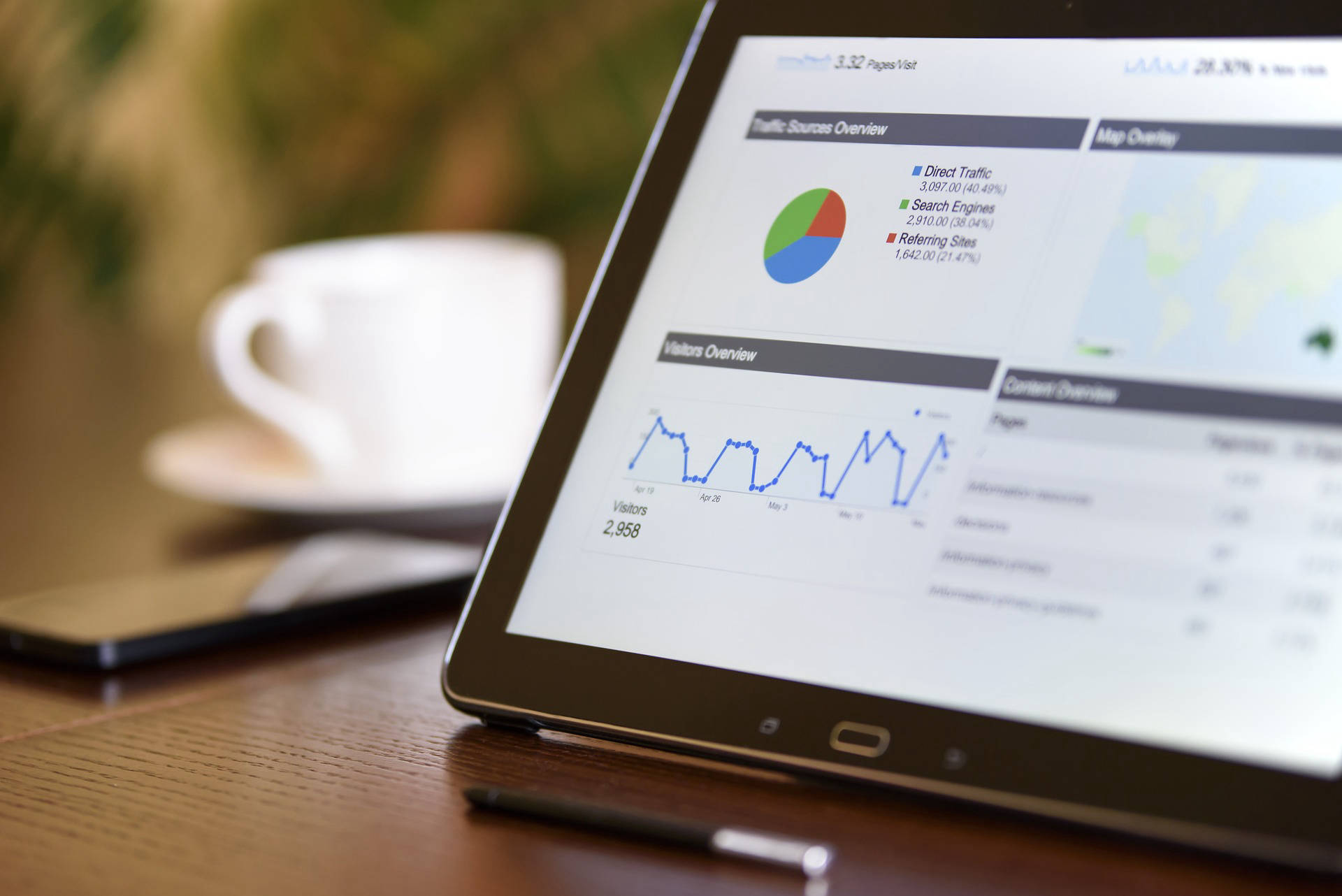How to Use Instagram Insights
Instagram Insights is a powerful tool that helps you understand your audience, track engagement, and measure the performance of your content. Whether you're a business, influencer, or content creator, Instagram Insights provides data that is crucial for optimizing your strategy and growing your presence on the platform. In this blog, we’ll walk you through how to use Instagram Insights effectively, interpret your data, and make informed decisions to improve your Instagram performance.

1. What is Instagram Insights?
Instagram Insights is the platform’s built-in analytics tool that provides valuable data about your Instagram profile, posts, stories, reels, and audience. It’s available to users with business accounts or creator accounts, offering detailed metrics like reach, impressions, engagement, and follower demographics.
With Instagram Insights, you can:
Track post performance: See how well your posts, stories, and videos are performing.
Understand your audience: Get demographic data about your followers, including age, gender, and location.
Optimize your content strategy: Identify what works and what doesn’t to refine your content strategy.
2. How to Access Instagram Insights
Instagram Insights is available directly in the Instagram app. Here's how you can access it:
Step 1: Switch to a Business or Creator Account
If you haven’t already, make sure you switch to a business or creator account. Instagram Insights is only available to these types of accounts.
Open the Instagram app.
Go to your profile and tap the three horizontal lines (menu) in the top right corner.
Tap Settings > Account > Switch to Professional Account.
Choose either Business or Creator account, and follow the instructions.
Step 2: Access Insights
To access Instagram Insights:
Go to your profile page.
Tap the three horizontal lines in the top right corner.
Tap Insights from the menu.
You’ll now be able to explore insights for your Activity, Content, and Audience.
3. Understanding Instagram Insights Metrics
Once you're inside Instagram Insights, you’ll have access to three main sections: Activity, Content, and Audience. Let’s break down what each section offers and how to interpret the data.
Activity: Track Interactions and Reach
The Activity section is divided into two categories: Interactions and Discovery.
Interactions:
Likes, Comments, Shares, Saves: These are the engagement actions taken by users on your content. Tracking these metrics helps you understand how users are interacting with your posts and stories.
Profile Visits: Shows how many people visited your profile after engaging with your post or story.
Website Clicks: Tracks how many people clicked the link in your bio or story.
Discovery:
Impressions: This refers to the total number of times your post or story has been shown on users’ screens.
Reach: The number of unique users who have seen your content.
Follows: Tracks how many new followers you gained based on your posts or stories.
These metrics help you gauge how well your content is reaching your audience and driving interactions.
Content: Analyze Post Performance
In the Content section, you can track the performance of individual posts, stories, and videos. Here, you can analyze:
Engagement Rate:
This is calculated by dividing the number of engagements (likes, comments, shares, saves) by the number of impressions. It helps you determine the effectiveness of your content.Top Performing Posts and Stories:
Instagram Insights shows which posts have received the most engagement, impressions, and reach. You can use this data to replicate successful content and improve your strategy.Reels Performance:
If you're using Instagram Reels, Insights provides metrics like views, likes, comments, and shares for each Reel you post.
This data gives you a clear picture of which types of content perform best and allows you to focus your efforts on what works.
Audience: Learn About Your Followers
The Audience section provides detailed demographic data about your followers. Key metrics here include:
Follower Growth:
See how many new followers you’ve gained over a specific period and identify trends in your follower growth.Demographics:
Instagram Insights provides data about your followers’ age, gender, location, and active times. This helps you tailor your content to your audience’s preferences and behavior.Active Hours and Days:
This data shows you when your followers are most active on Instagram, which can guide you in scheduling posts at optimal times.
4. How to Use Instagram Insights to Improve Your Content Strategy
Now that you understand how to access and interpret Instagram Insights, here are some actionable tips on how to use the data to improve your content strategy:
1. Post More of What Works
Review the top-performing posts and stories in the Content section. What type of content (images, videos, carousel posts, etc.) gets the most engagement? What themes or topics resonate with your audience? Use these insights to create similar content that appeals to your followers.
2. Optimize Your Posting Schedule
Check when your followers are most active by reviewing the Active Hours and Days section. Schedule your posts and stories to go live when your audience is most likely to be online, increasing the chances of higher engagement.
3. Test and Iterate
Use A/B testing to experiment with different types of posts, captions, hashtags, and posting times. Track the performance of these posts in Instagram Insights and adjust your strategy accordingly.
4. Target the Right Audience
By analyzing your audience demographics, you can create content that appeals to your specific followers. For instance, if you notice that your audience is primarily female and aged 18-34, tailor your content to this demographic, focusing on topics and styles they’re likely to enjoy.
5. Improve Your Stories Strategy
Instagram Insights provides metrics for each of your stories. Analyze your story performance (e.g., tap-forward, tap-backward, and exits) to understand what keeps your audience engaged and what causes them to drop off. Use these insights to improve future stories.
5. Best Practices for Using Instagram Insights
Track Regularly:
Make it a habit to review Instagram Insights at least once a week to understand what’s working and what’s not. Regular analysis helps you stay on top of your Instagram strategy.Set Goals and KPIs:
Based on the data from Insights, set specific goals for your Instagram account. Whether it’s increasing your reach, gaining more followers, or improving engagement rates, defining clear objectives will help you stay focused.Adapt Your Content:
If you see certain types of content performing better than others, don’t be afraid to adjust your content strategy. Focus more on creating the content your followers love.Engage with Your Audience:
Use the data on your audience’s activity times to engage with them when they are most active. Respond to comments, direct messages, and mentions during these times to foster stronger connections.
Conclusion
Instagram Insights is an invaluable tool for anyone serious about growing their Instagram presence. By understanding and using the data provided, you can refine your content strategy, improve your engagement rates, and build a stronger connection with your audience. Whether you're a business, influencer, or content creator, regular use of Instagram Insights will help you make informed decisions and achieve your social media goals.

Start Growing your Instagram followers
Faster with PopularUp
Over 500+ 5 Star Reviews. Grow Your Account Today With Our Organic Methods


